Sim-racing has come a long way in recent years, particularly with the democratization of quality setups and peripherals. Companies and other product manufacturers have been active in the segment for a long time, some with decades of experience.
Sim-racing setups are naturally different, for the simple reason that each virtual driver has his or her own needs, and budget too. For beginners, the setup typically comprises a fairly simple base, steering wheel and pedals, offering little in the way of racing immersion. A step up the ladder are seasoned racers with a few years’ experience and, above all, a real passion for the discipline, and this is reflected in their setup. The combination of chassis, competition-inspired peripherals and curved screens is a real recipe for realistic sensations. And of course, there are the professional drivers who use sim-racing equipment for their race training. We’re talking here about dynamic chassis, Direct Drive bases offering enormous torque and hydraulic cranksets.
Speaking of chassis, or cockpits, the market is made up of 3 categories overall. We have stands, which are very basic, but are nonetheless a good basis for racing and getting started in the discipline. There are also tubular chassis and aluminum profile chassis. These are the subject of this article, and if you have little or no information on them, it’s time to get out your notebooks and take notes.
Tubular chassis – low budget, but quite good overall
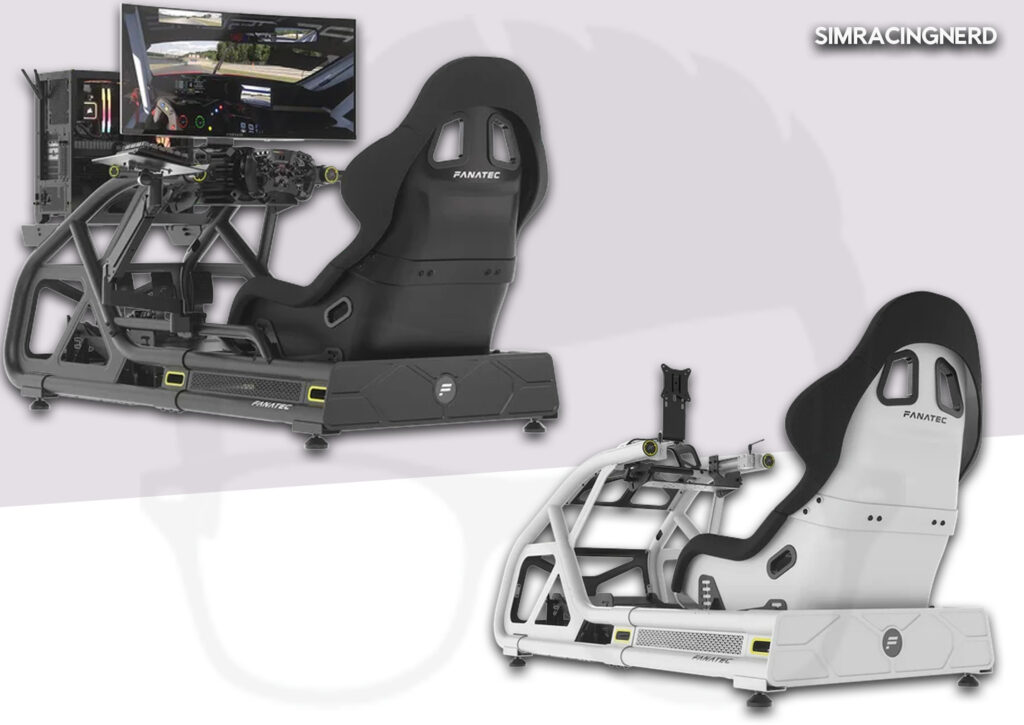
First of all, what is a tubular chassis? It’s a structure used as a base for simulation equipment (racing or aviation), made up of steel tubes. These tubes represent the skeleton of the equipment, offering both rigidity and adaptability (as far as possible).
Tubular cockpits are very common in sim-racing setups, for a number of reasons which we’ll look at shortly. They offer an excellent compromise between price, adaptability, customization and size. Major industry players such as PlaySeat or Rseat, for example, or Fanatec.
The advantages of tubular
Let’s talk about the advantages of the tubular chassis.
- Selling prices. In most cases, tubular cockpits are sold at a lower price than those made from aluminum profiles. The reason is a simpler design, with fewer parts, and therefore a lower selling price. And not least, tubular frames are lighter than their aluminum-profile cousins.
- Simple design and assembly. As you know, you’ll need to assemble a sim-racing chassis, as it’s delivered in parts. Tubular frames differ from their aluminum-profile cousins in the simplicity of their design, and also in their time-saving assembly. The reason is: there are fewer parts in the box, as the entire structure rests on a few steel tubes. Apart from the various brackets, assembling a tubular cockpit won’t take you long, nor will it require any additional help. At least, in most cases.
- A look that resembles a racing car. Depending on the model you choose, you may end up with a look that closely resembles that of a racing car, especially its cockpit. The tubular chassis is often reminiscent of a roll cage, enhancing the driver’s sense of immersion.
- A smaller footprint. Although sim-racing frames are big and bulky, the impact of tubular frames is less than that of aluminum profile frames.
- Cable Management. Given the nature of the tubular chassis (steel tubing), it’s not only easier to do cable management, but also much more attractive in the end. You can pass the various cables through the empty tubes, and most manufacturers offer Pass-Throughs to make all the wires of sim-racing equipment disappear.
Disadvantages of tubular
Of course, as with virtually 99.99% of the products we have in this world, tubular frames are not without their drawbacks.
- Customization. Of course, you can configure them with brackets for sim-racing peripherals (shifters, handbrakes, etc.), monitor mounts and other accessories, but this depends entirely on the manufacturer’s willingness to offer competitive equipment. Most, if not all, brackets are first-party, i.e. direct from the manufacturer. If the manufacturer feels that you don’t need a specific mount, you won’t be able to add it to your setup, unless you’re in full MacGyver mode.
- Stability. Basically, tubular frames are stable, as long as you don’t use powerful Direct Drive chainstays and Load Cell cranksets that require a lot of pressure to operate. However, if you start to titillate the maximum supported by a tubular cockpit, you’ll have play throughout the structure.
- No use with dynamic tables. If in the near or distant future you’re planning to switch to a dynamic chassis, i.e. one that can tilt to reproduce body movements, tubular tables won’t be able to accommodate it for various reasons, including structural ones.
Aluminium profile frames – unlimited customization
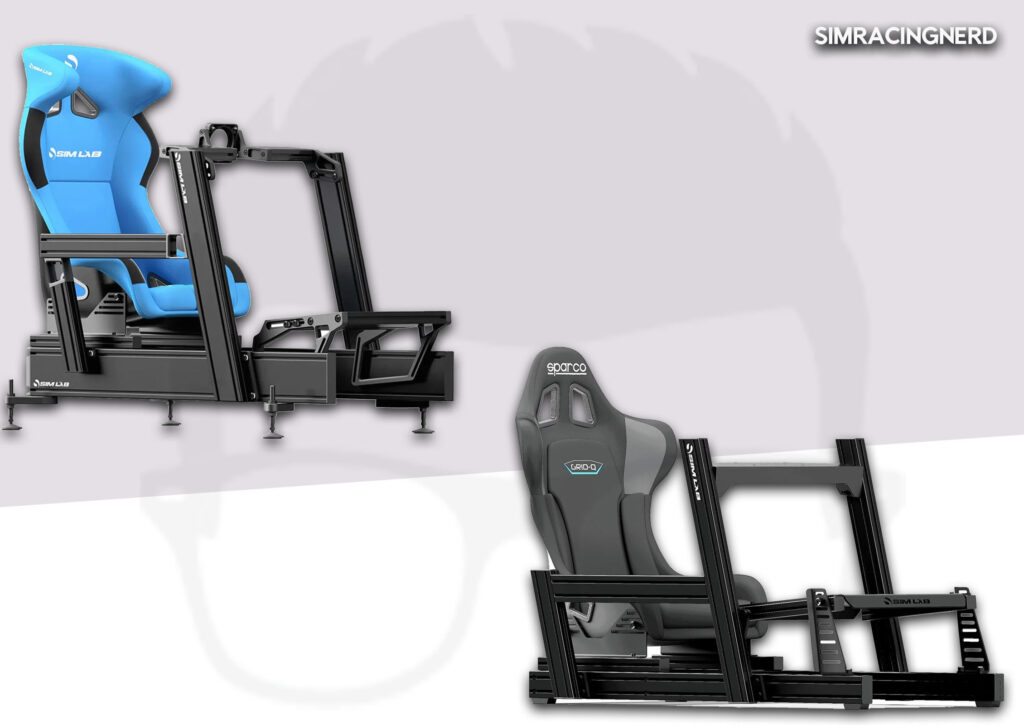
We now move on to aluminum profile chassis. This is a category of cockpits intended primarily for a professional audience of virtual racers. As their name suggests, aluminum profile chassis are made from aluminum bars of various sizes (typically 80, 120 and 160), with rails on all 4 sides.
These rails are used to accommodate other bars, as well as various sim-racing accessories, such as equipment mounts, bucket seat slides, etc. Aluminum profile frames are the Go-To for people, or at least racers, looking for high-quality, highly customizable and, above all, ultra-rigid products, in return for an often high, even very high, selling price. Players such as Rseat, Next Level Racing or Simlab.
The advantages of aluminum profiles
- Rigidity. This is one of the great advantages of aluminum profile chassis, and the one and only reason why most pro virtual racers go this route. In terms of rigidity, even with the most powerful sim-racing peripherals, you can’t beat an aluminum profile cockpit.
- Customization. Another point that is highly prized by the pros in this discipline is customization. Just like a car, where you can configure it as you like, aluminum profile chassis know no limits in terms of customization. What’s more, this point doesn’t stop with the chassis manufacturer, as you can attach more or less any sim-racing accessory, even from another brand. The reason is simple: aluminum profile bars are standard, as long as you use the same dimensions.
- Versatility. An aluminum profile cockpit is very versatile, being able to be configured for both racing and aircraft simulation, and without breaking the bank either.
Disadvantages of aluminum profiles
The disadvantages include
- A high sales price. Well, that’s to be expected. Profile frames are expensive, even very expensive if you check off all the available options. A Simlab GT1 Evo starts at around €450 bare-bone, rising to almost €1,400 full-option. This is just an example of a chassis, as it applies more or less to every model on the market.
- Difficulty of assembly. Composed of dozens of parts, each as large and heavy as the next, it’s difficult to assemble an aluminum profile chassis. And it weighs just as much as a tubular frame.
- A design that leaves much to be desired. Lately, and this is rather subjective, profile chassis are far less attractive than tubular ones. Too square, they are far from reminiscent of the interior of a racing car.
So which one to choose?
The choice depends on several factors, mainly budget, customization and above all your evolution in sim-racing. If you’re aiming for the mid-range of the discipline, with a penchant for visually appealing products, the tubular should do the trick, as long as the DD base doesn’t exceed 20 nm in my opinion.
But if you want to start small and work your way up to the higher levels of sim-racing, i.e. the power ladder, then you’re better off with a profile, even if it’ll cost you an arm and a leg once you’ve got the right options, and its looks won’t appeal to everyone.

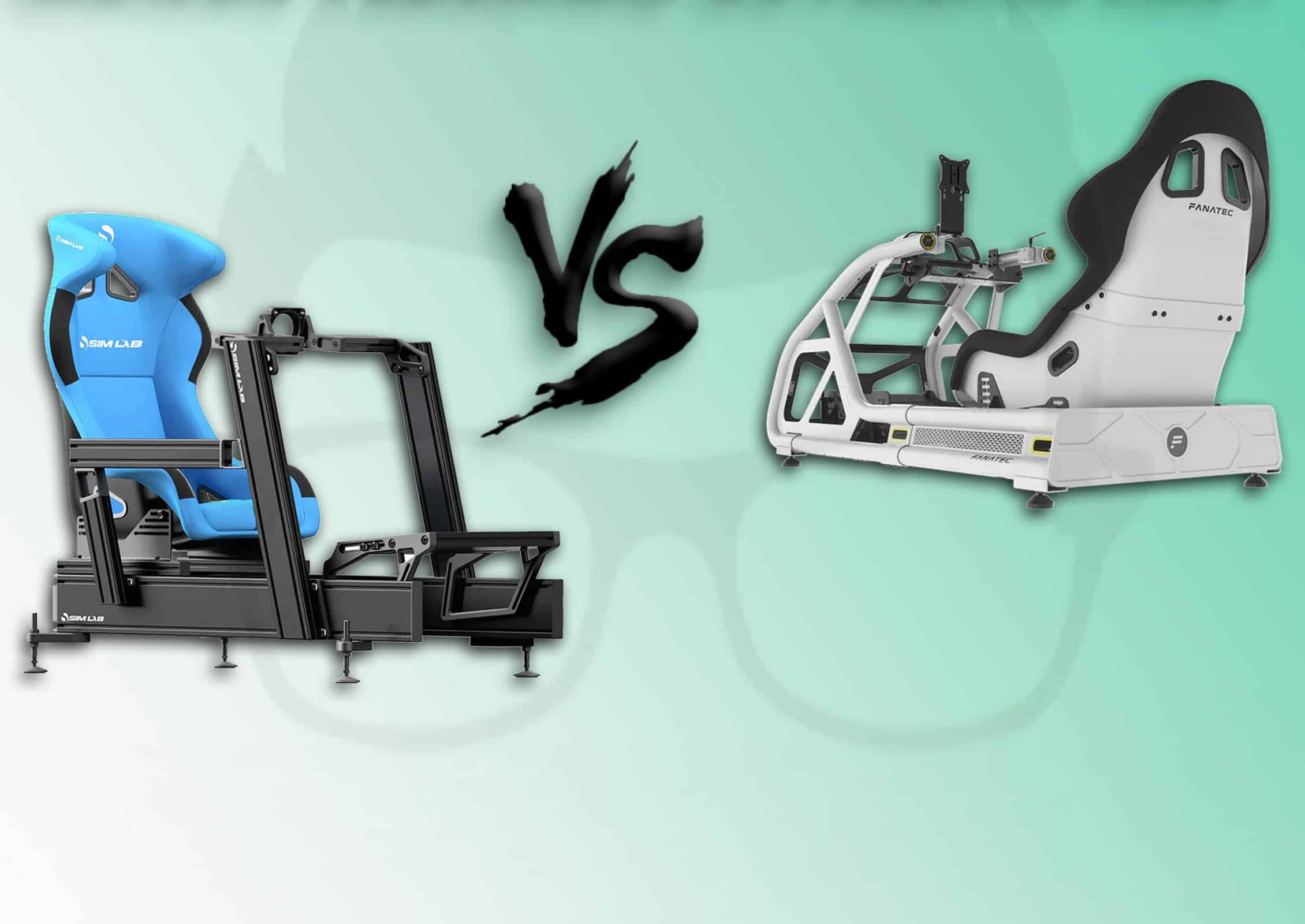

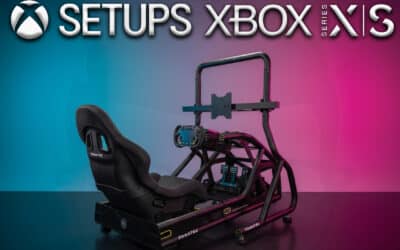



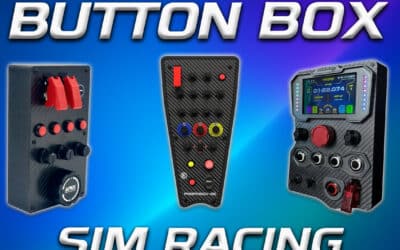
0 Comments